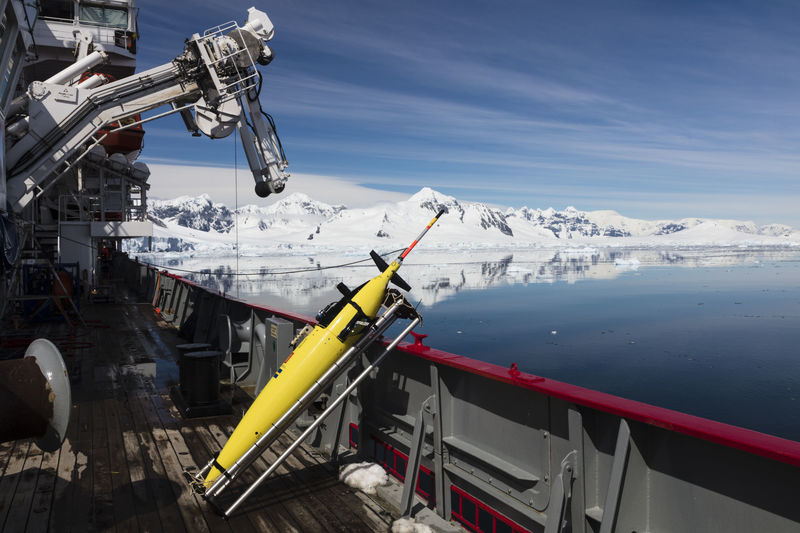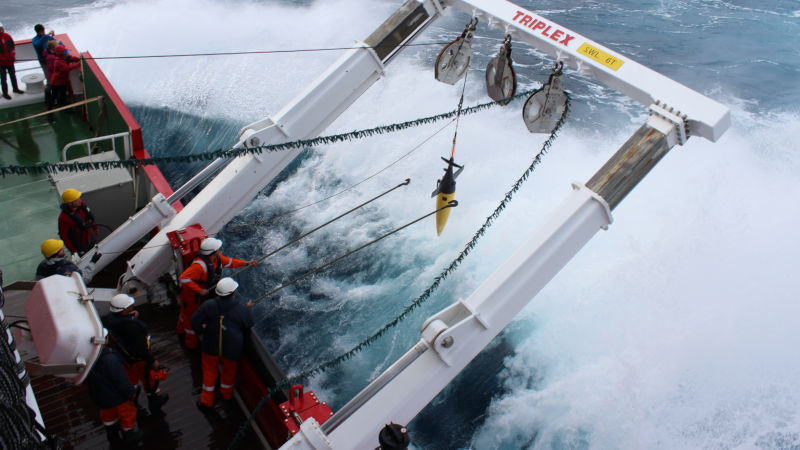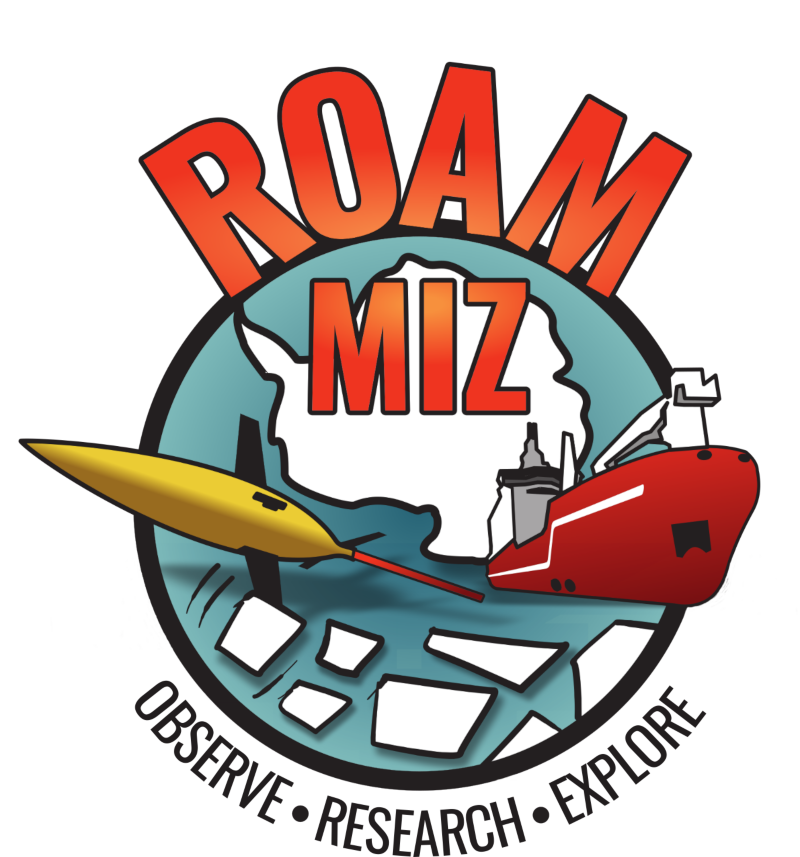The robotic gliders that roam Antarctic waters
21 January 2019 | Story Marcel du Plessis. Read time 7 min.
In an unprecedented study that started in December 2018 and will run until February 2020, a fleet of robotic ocean gliders will attempt to occupy and collect vital measurements from the least studied place on the planet – the frigid ice-covered waters of Antarctica. The gliders aim to measure how the icy Antarctic ocean absorbs heat, and other properties, from the atmosphere.
During winter, Antarctic sea ice expands – as an extension of the continent – over an area of the sea large enough to cover 14 South Africas. Almost all this sea ice melts away during summer, leaving a layer of fresh water on the surface of the ocean thousands of kilometres wide but only a few tens of metres deep. The fresh water is very light compared to seawater, which prevents them from mixing vertically. This changes the ocean’s ability to take up heat from the atmosphere.
This study will provide key observations to help us understand how the sea ice meltwater in Antarctica grows laterally and deteriorates, thereby altering heat uptake by the ocean and impacting the climate.

Beyond this, things get pretty complicated. Growth and melt of sea ice happens in response to ocean temperatures, and so – as we move towards a warmer climate – the ocean will absorb more heat. This will change the growth-and-melt behaviour of sea ice. The measurements collected by our gliders will inform researchers from the UCT Department of Oceanography, as well as their international partners, how the ocean will react to and influence a changing climate.
Navigating difficult waters
The waters off Antarctica are the most difficult to measure through observation. The vastness and remoteness of the Antarctic and its rapid ice growth and drift mean that the long-term observations we need can’t be obtained from ships, which only go down to Antarctica for a few weeks a year.
Instead, we will send down autonomous underwater vehicles, called gliders, which are self-sufficient and give us a profile of the ocean every few hours.
The primary gliders we’re using are Seagliders. Designed to be small – about 1.5 metres long – and operated on battery power, they can sample the ocean for many months without human intervention. Their bullet-shaped design helps them fly through the ocean. Seagliders can profile the water column at different depths by changing their buoyancy to become heavier or lighter than seawater. They rise to the surface every six hours and ‘call’ us – the researchers – via satellite communications, allowing us to access their dive information and scientific data in real-time.
Understanding the Screaming Sixties
Our study will also provide unprecedented data for us to see the impact of the hurricane-force winds that sweep through a wind belt in the southern hemisphere called the Screaming Sixties. These are the strongest winds in the world. They act in a similar way to a blender at the ocean surface by mixing fresh, surface water with the saltier water below. We are also trying to find out how these storms drive the mixing of heat from the surface down into the water column.

The project, named ROAM-MIZ (Robotic Observations and Modelling of the Marginal Ice Zone), is co-lead by Associate Professor Sebastiaan Swart at the University of Gothenburg and Dr Sarah Nicholson of the Southern Ocean Carbon and Climate Observatory, which is supported by the South African National Antarctic Programme. Swart and Nicholson both obtained their PhDs from UCT. Other collaborators from the United States, the United Kingdom and Norway make this project a global effort.
Isabelle Giddy, a UCT PhD candidate, and I, Dr Marcel du Plessis, a postdoctoral researcher at UCT, are both heavily involved in the project. We will have our eyes fixed on our computers each time a glider calls home to provide new data from half way across the world.
You too can track the latest data and locations of the gliders, which are made available to the public. Head over to the ROAM-MIZ website to view the latest data and glider whereabouts. Or follow them on Twitter at @PolarGliders and @SOCCOgliders.
 This work is licensed under a Creative Commons Attribution-NoDerivatives 4.0 International License.
This work is licensed under a Creative Commons Attribution-NoDerivatives 4.0 International License.
Please view the republishing articles page for more information.










